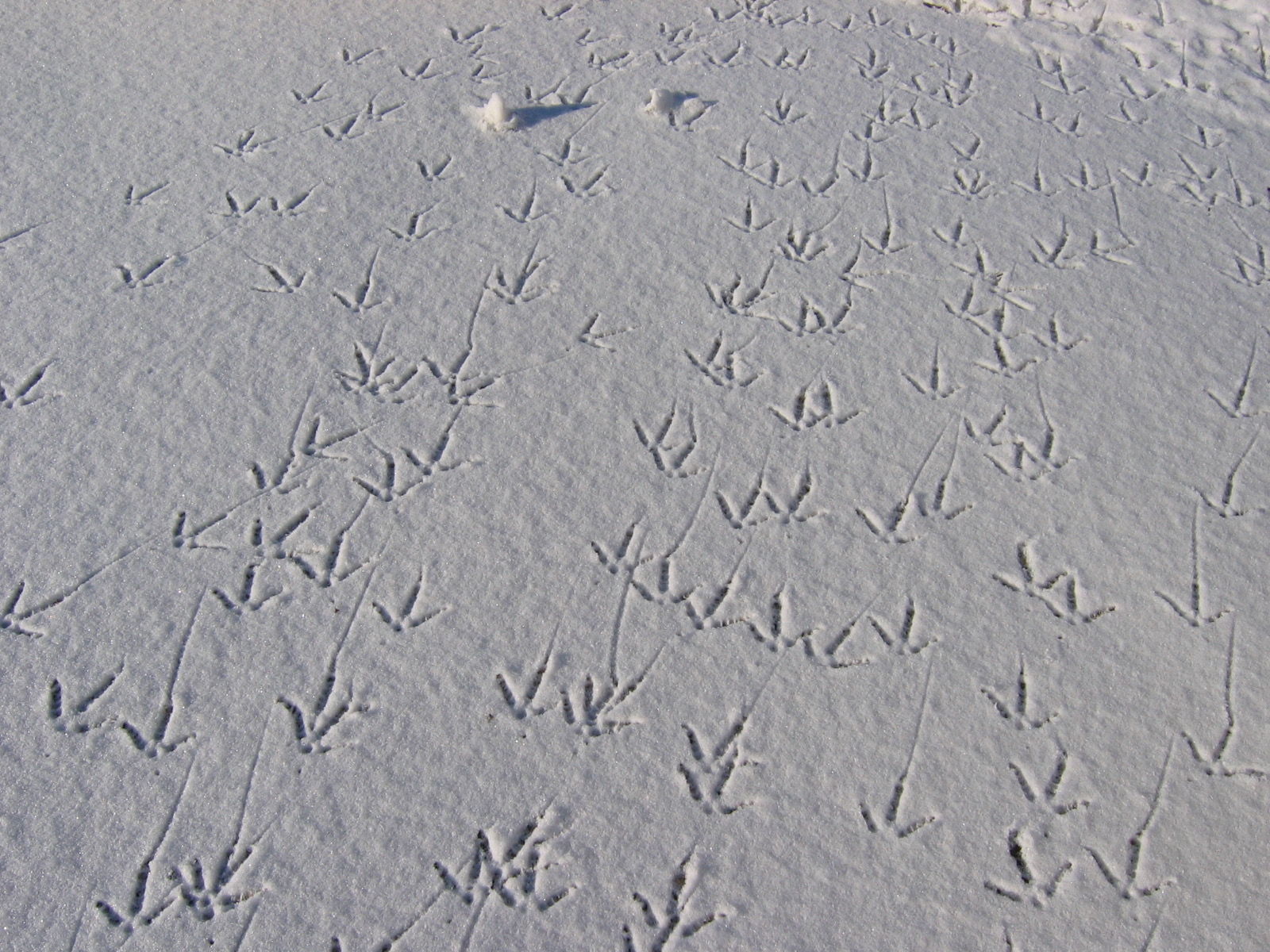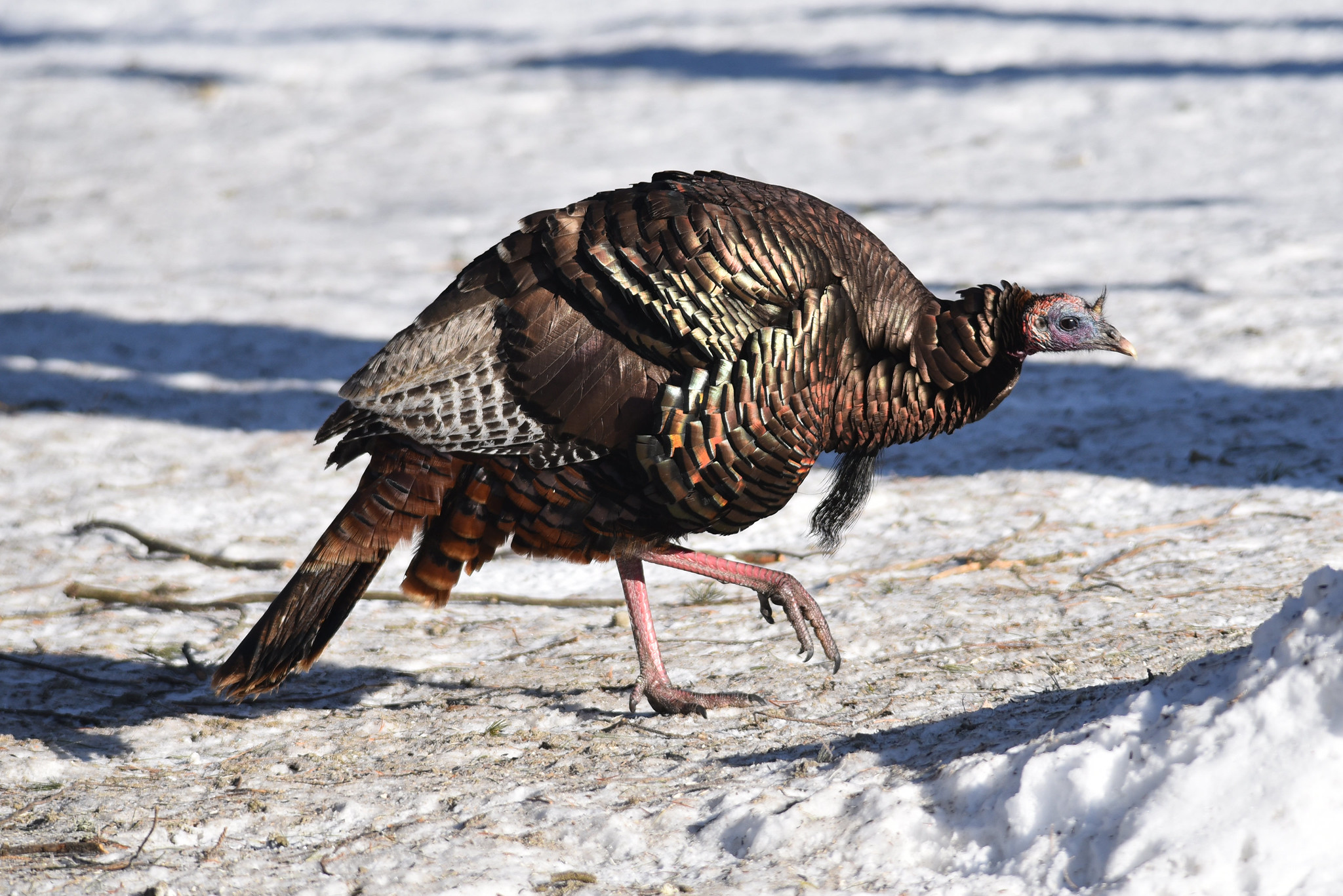How Minnesota almost lost its wild turkeys
Once on the brink of extinction in Minnesota and beyond, wild turkeys are now a common sight for Twin Cities and greater Minnesota residents alike.
In fact, the turkey is one of Minnesota’s biggest conservation success stories.
Prior to European colonization, turkeys flourished. But the bird was all but extirpated, or killed off in Minnesota, by hunting and habitat loss.
After decades of unsuccessfully trying to reintroduce turkeys from a handful of states, 29 turkeys from Missouri were introduced to southeast Minnesota between 1971 and 1973. These birds took hold, and after many subsequent introductions, viable populations were established across the state.
Today, the DNR estimates that there are over 70,000 wild turkeys in Minnesota.
Fast and adept
Wild turkeys have become a common sight, both in urban and rural areas. In natural and more rural areas, they're most often seen along the edges of woodlands and pastures or farm fields.
They also roost in trees, which they easily fly into. In fact, turkeys can fly a mile at a time at up to 55 miles per hour, and they can run as fast as a horse can gallop (25 miles per hour). Their long domesticated cousin, however, has been bred to have a massive breast and short legs, sacrificing its ability to fly or run quickly.
However, like many species, wild turkeys are becoming more adept at using urban areas for food and protection.
Most Twin Cities residents have likely seen these urban turkey flocks (called "rafters") roaming around a neighborhood, or have even been stuck in a mini-traffic jam caused by turkeys crossing the road. Turkeys are now so numerous in the Twin Cities that researchers from the University of Minnesota were able to publish the first data examining the movement, habitat use, nesting success and survival of urban wild turkeys.

Turkey tracks through the snow at the Pine Bend Bluffs natural area. (Photo by Karen Schik for FMR)
Restoring habitat for Minnesota wildlife
At FMR restoration sites, we frequently encounter turkeys.
We spot them foraging for food, engaged in mating displays or darting into the woods with their young in tow. (Young are called "poults" while adolescents are called "jakes.") Even when we don't see them, we frequently hear their calls — a mix of gobbles, yelps and other sounds: 28 calls in all! — or see their tracks, often clustered in open areas of bare ground where they’ve been scratching to expose food.
Though we don’t restore habitat solely to benefit wild turkeys, they’ve certainly benefited from our work restoring forests, woodlands, savannas and prairies in the Twin Cities region.
While we restore imperiled habitat throughout the metro, these hardy birds continue to expand their populations statewide, and they're proving their ability to thrive in a variety of habitat types — even our own backyards.
